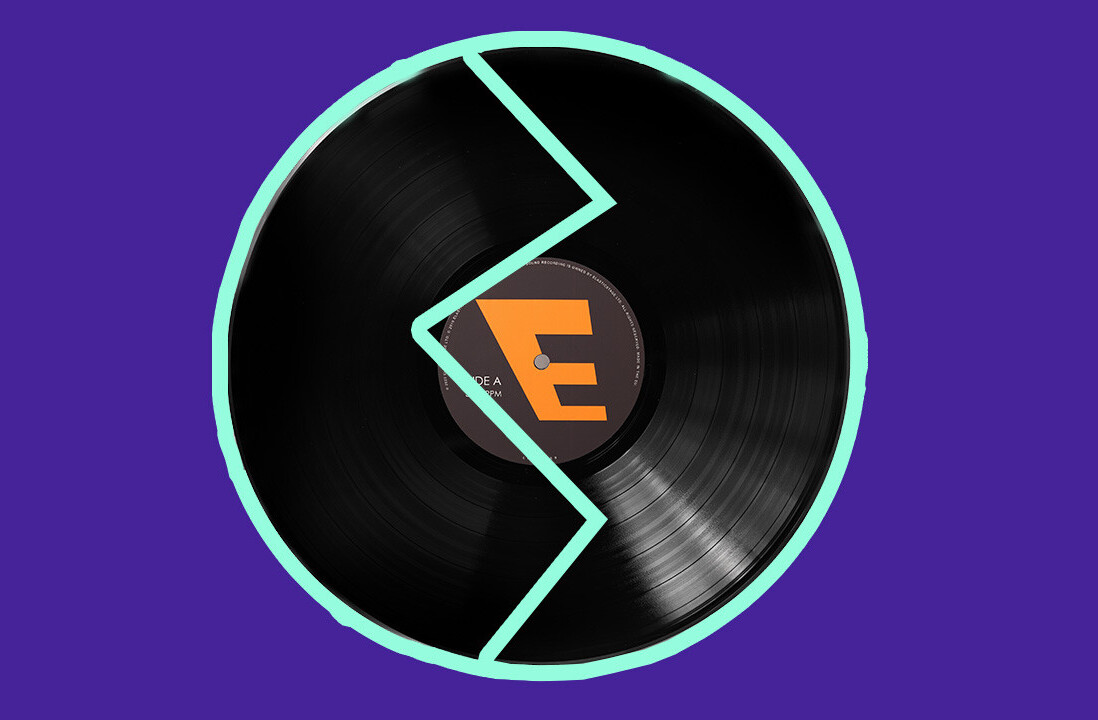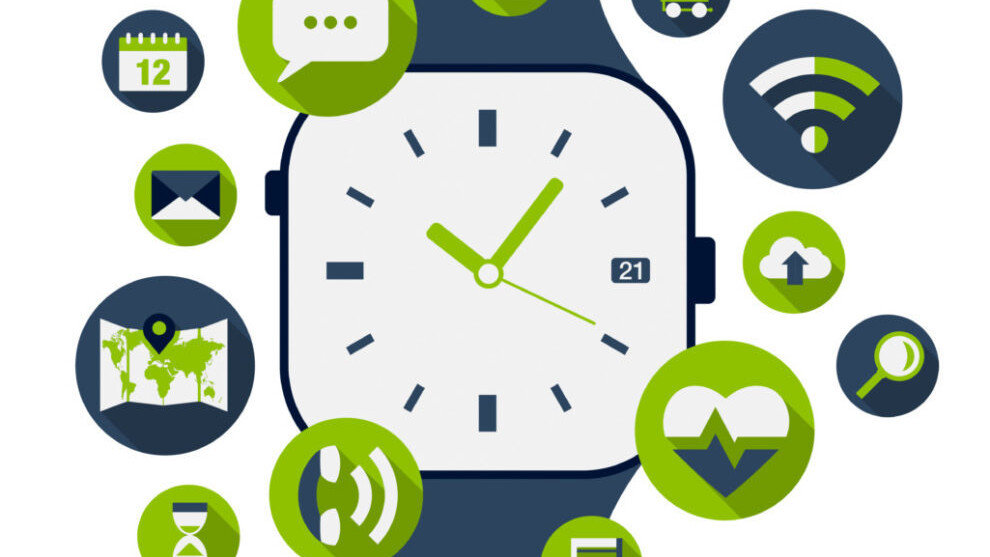
“It’s just a fad,” they said. “It’ll never catch on.”
Oh, how wrong they were!
Uptake of wearables has exploded, establishing them as a core category in the Internet of Things. Sales in the US will hit $70 billion by 2024 – they’re already forecast to hit the $5 billion mark by 2018.
Wearables have truly found a niche in the health and fitness market, reflected by the dedicated ‘Fitness and Activity’ category at this week’s IFA in Berlin, Germany’s biggest tech show. In fact, for 45 percent of wearable owners, their chosen piece of on-body tech is a fitness band.
“We started the zone in 2010,” says Dirk Koslowski, IFA’s Senior Executive Director. “It’s become a platform for wearables and a showcase for the latest developments for digital fitness products.”
From gym-rat to life-saving, here are some of the innovations you should keep your eyes peeled for at the show.
Pebble 2 + Heart Rate and Time 2 + Heart Rate
As one of the mainstream pioneers of smart watches, Pebble is showcasing two new Kickstarter funded products at IFA, Pebble 2 + Heart Rate and Time 2 + Heart Rate. Both available now for preorder, they feature a new version of Pebble’s OS.
The operating system, Pebble Health, monitors sleep, step and calorie count to help monitor fitness goals.
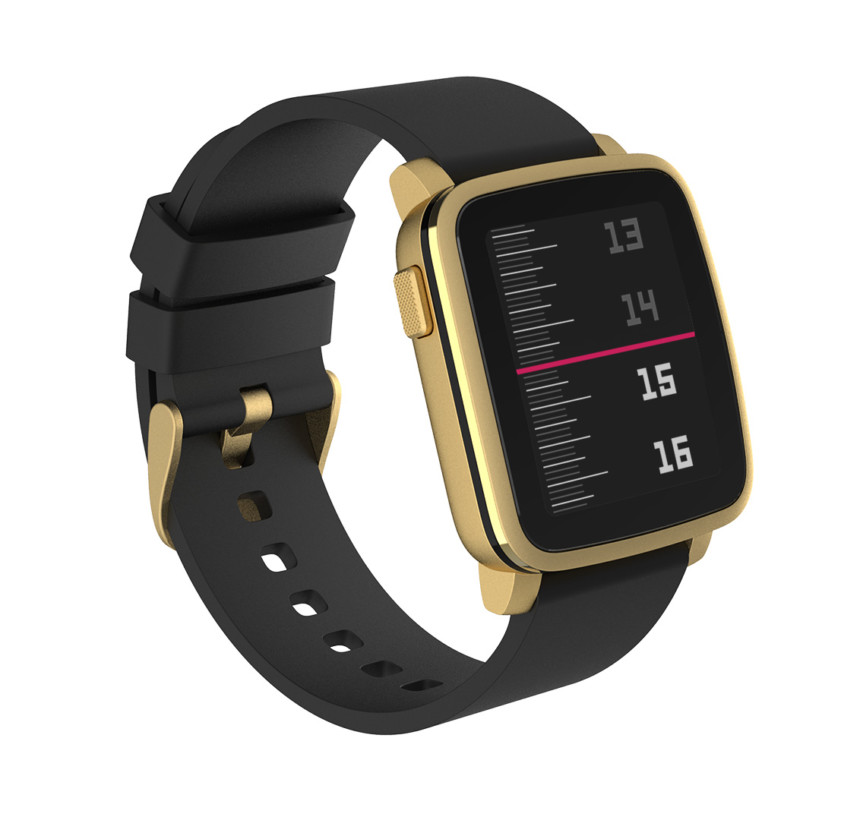
Pebble 2 + Heart Rate (starting at $99) features a high contrast black and white display plus seven of days battery life. Shipping begins this month. Time 2 + Heart Rate (from $169) has a 53 percent larger color display and a full 10 days of battery life. It’s expected to reach consumers in November.
Added bonus? Both are water resistant to 30 meters and are available on iOS and Android.
Philips Health Watch
With over 100 years of experience in health and wellness technology, it only makes sense that Philips would craft solutions designed around the average person’s health journey.
The company is showcasing the latest addition to its Healthsuite series with its latest wearable – putting medical grade health analytics and activity tracking front and center.
Health Watch, which launched in the US last month, is fully integrated with Philips Healthsuite, a health app connecting to a secure cloud for data analysis.
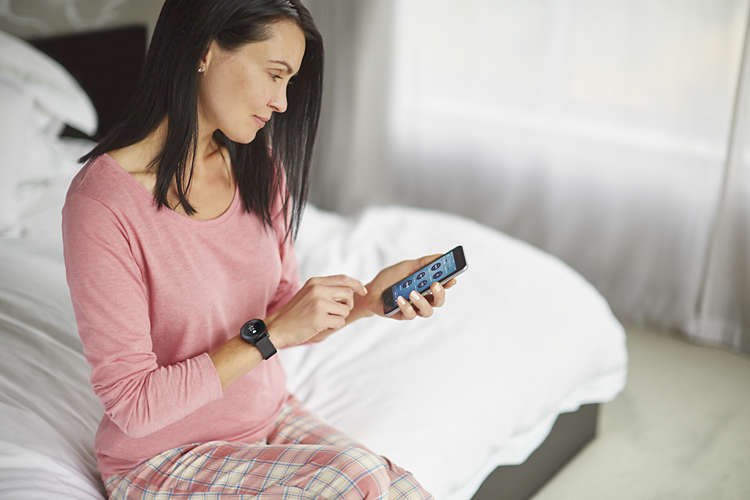
Precision is the name of the game. Heart rate is typically accurate to within 10 bpm, resting heart rate to 3bpm, total energy expenditure at 15 percent accuracy bandwidth and 90 percent success on activity recognition. The numbers shall, indeed, reveal all.
For $249 SRP, you’ll also get a whole lot of watch with an interactive touch ring, alarm, timer, stopwatch, four days of battery life, splash and rain resistance with a beautiful stainless steel finish.
This is certainly a watch you’ll enjoy wearing on a run and to the office.
Run Profiler
After three years of R&D, Digitsole unveils Run Profiler.
A smartsole that measures every aspect of your technique, this thin, ergonomic insole slips right into your running shoe.
At seven grams, it’s hardly going to weigh you down. With real time analysis via its dedicated app (available on iOS and Android), Run Profiler gives you live feedback on metrics including fatigue levels, gait and risk limitation that can help you relearn how to run.
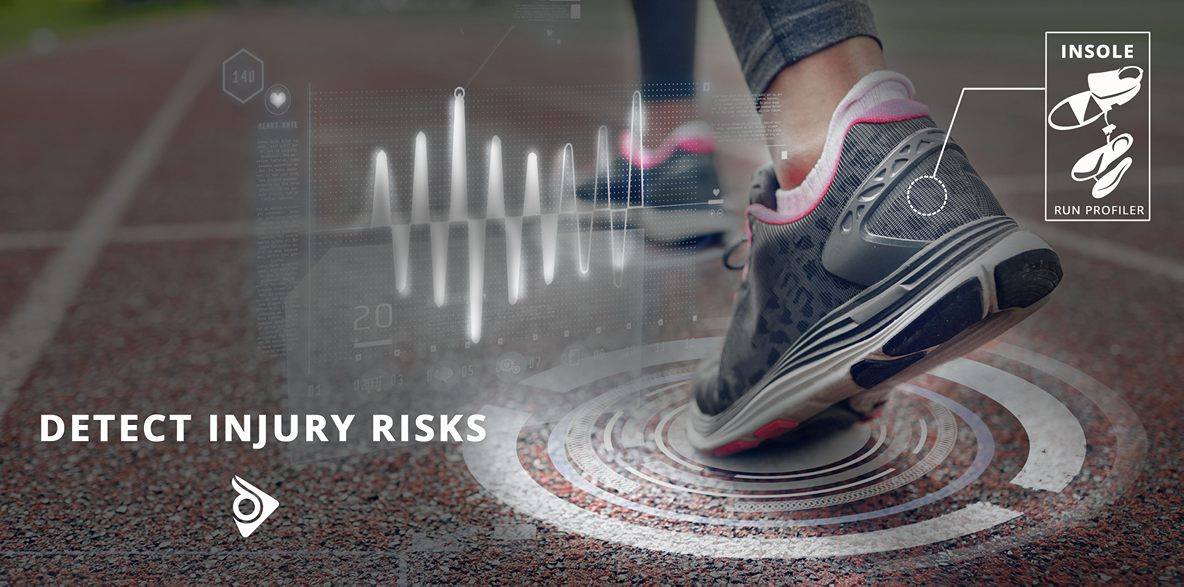
In addition to 3D analysis of stride, gait and posture analysis, this rechargeable smartsole has Bluetooth 4.0 connectivity, 10 days of battery life, 10 hours of memory storage and is available up to a size EUR 47 / US 14. So, no excuses that it doesn’t come in your size.
Run Profiler is available from this month in over 30 countries at $99.
QardioCore
GetQardio is launching its multi-sensor heart rate monitor, QardioCore. Designed to be a lifestyle-friendly medical device, the sleek strap allows for continuous cardio analysis without wires or patches.
Its hard shell encases six layers of next generation ECG monitoring magic.

The specs for QardioCore are impressive. Weighing in at just 130 grams, including batteries, the lightweight strap is discreet enough to wear under clothes (though possibly not a belly top, sorry). It takes 200 samples a second, withstands an operating temperature range of -20 to 60 degrees Celsius and has up to two days of charge.
QardioCore will soon be available on iOS 8.0 and beyond, and later, Apple Watch.
BeeLine
For intrepid urban cyclists, this nifty handlebar navigation device will get you to your destination without the dictator-style “make a U-turn when possible” nagging.
Available for preorder on Kickstarter, BeeLine strips back navigation to give a more intuitive approach to getting around – though technically it’s your bike that will do the wearing, rather than you.

Navigation takes place in real time thanks to a magnetometer, accelerometer, gyroscope and Bluetooth receiver – all pointing you in the right direction.
The display is visible in all conditions (you can tell this was thought up by the British – we shall conquer the rain!) with a crisp e-paper screen plus backlight that is weather and shock resistant. Its high capacity battery lasts up to four weeks with normal usage.
The cycling compass lets you explore your city better, as well as keep track of regular destinations and routes.
Easy access to personal health programs empower individuals make better lifestyle choices. With wearable technology, it’s no longer overwhelming to establish healthy habits.
As with so much in fitness and health, it’s not about the destination, but the journey.
Get the TNW newsletter
Get the most important tech news in your inbox each week.




